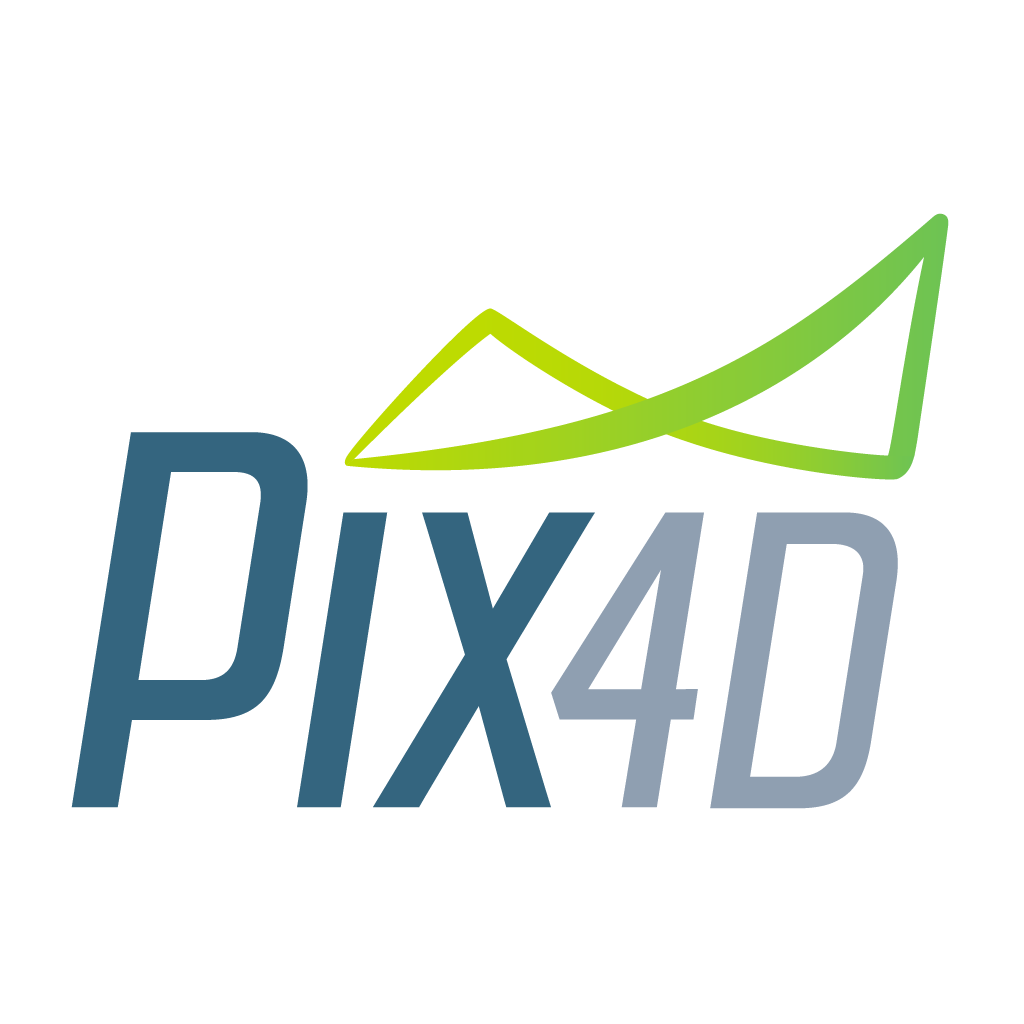The main objective of the project is to evaluate the performance of photogrammetry, accuracy and uncertainty, in the case of digitization of cultural heritage represented by artifacts and monuments using standalone and cloud software.
From a scientific point of view, the research will be among the first to evaluate the accuracy of photogrammetry compared to the latest structured light and laser scanning technologies, using specially designed standards in the project.
Most current research focuses on the comparison between photogrammetry and terrestrial laser scanners, in addition to the project will be used portable scanners and coordinate measuring machines (CMM). Photogrammetry performance will be evaluated in the laboratory, using standards and in the field by using real artifacts and monuments.
Research will focus on software that uses structure from motion (SfM) algorithm and monocular photogrammetry.
In the first stage of the project, a series of standards will be designed and manufactured to study the accuracy of photogrammetry. These standards will consist of basic geometric elements that can be automatically recognized in reverse engineering software.
In the second stage of the project, experiments will be performed in order to establish the contribution to the uncertainty budget of each factor that may affect the results: camera settings (ISO, aperture, lens, etc.); distance to the object; light conditions; color versus black and white; with or without image stabilizer; insufficient image overlay; image resolution and shooting positions.
In the third stage of the project for each studied parameter, the contribution to the uncertainty budget will be estimated in a similar way to the one for measurement with CMM. Based on the results obtained, a series of recommendations will be made to reduce the negative effect of each parameter.


